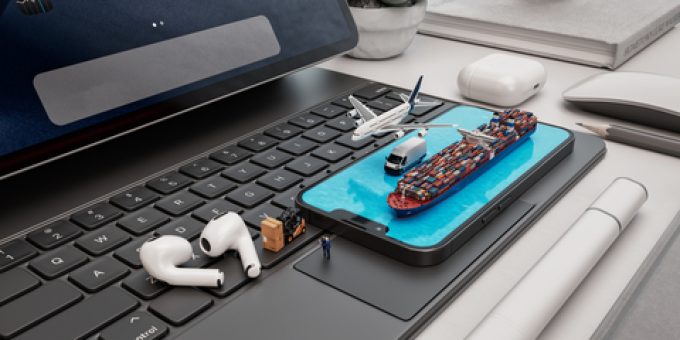Tariffs and de minimis set air freight rates on a volatile course
Airfreight rates are climbing as shippers rush to move goods before a potential trade war ...

Ocean online bookings are the next frontier for Freightos, a step it hopes to take in 2025.
Noting that “most of the big lines” have committed to at least providing APIs, Freightos founder and CEO Zvi Schreiber said the signs were there that ocean freight is ...

Comment on this article